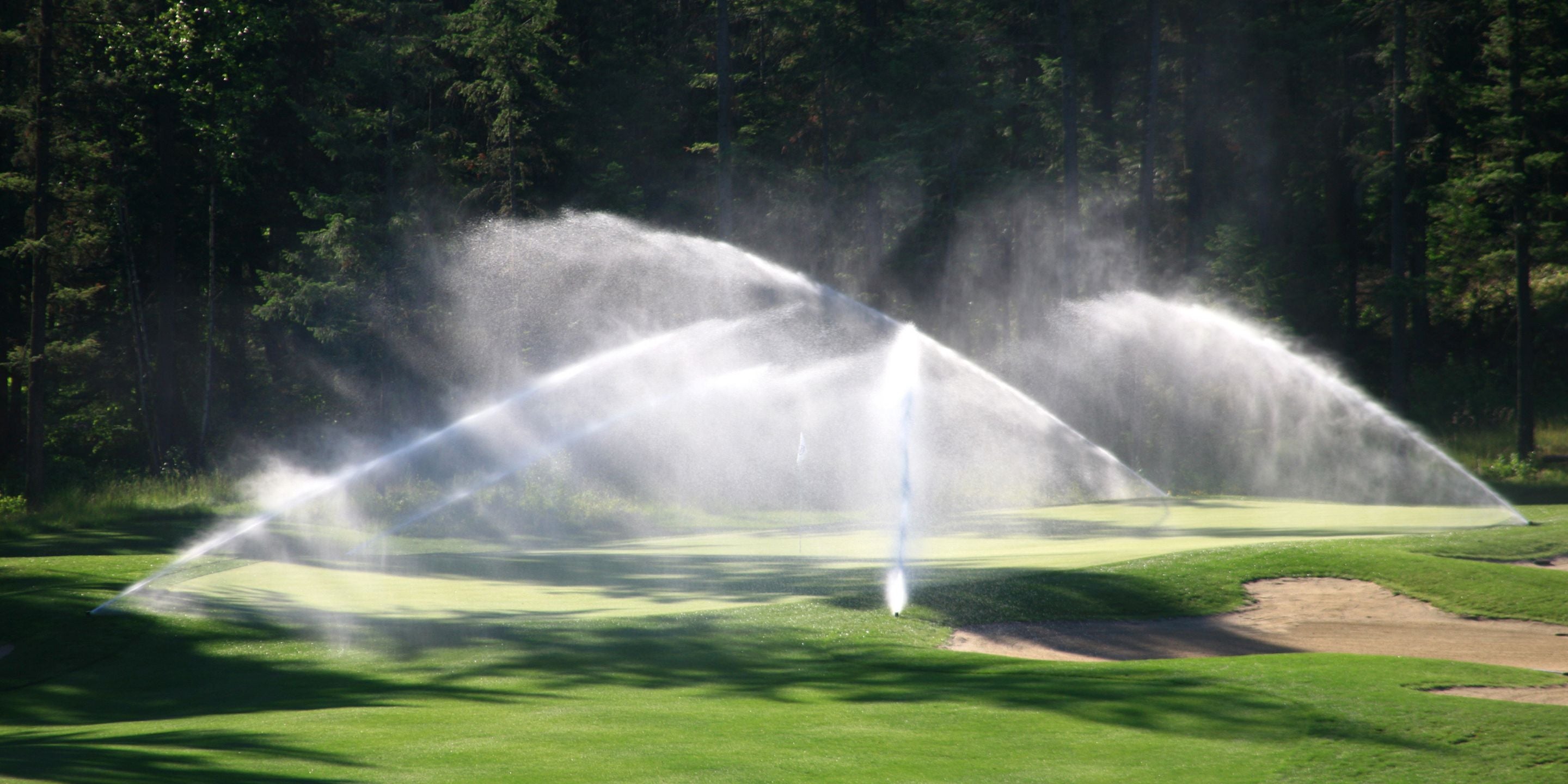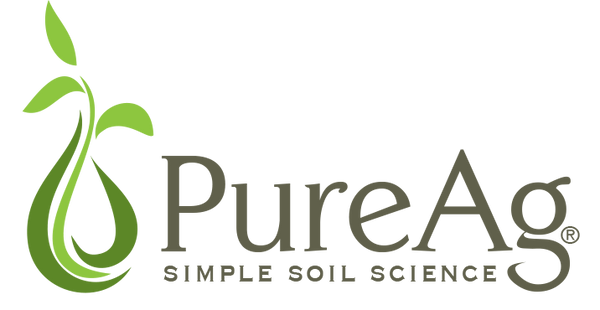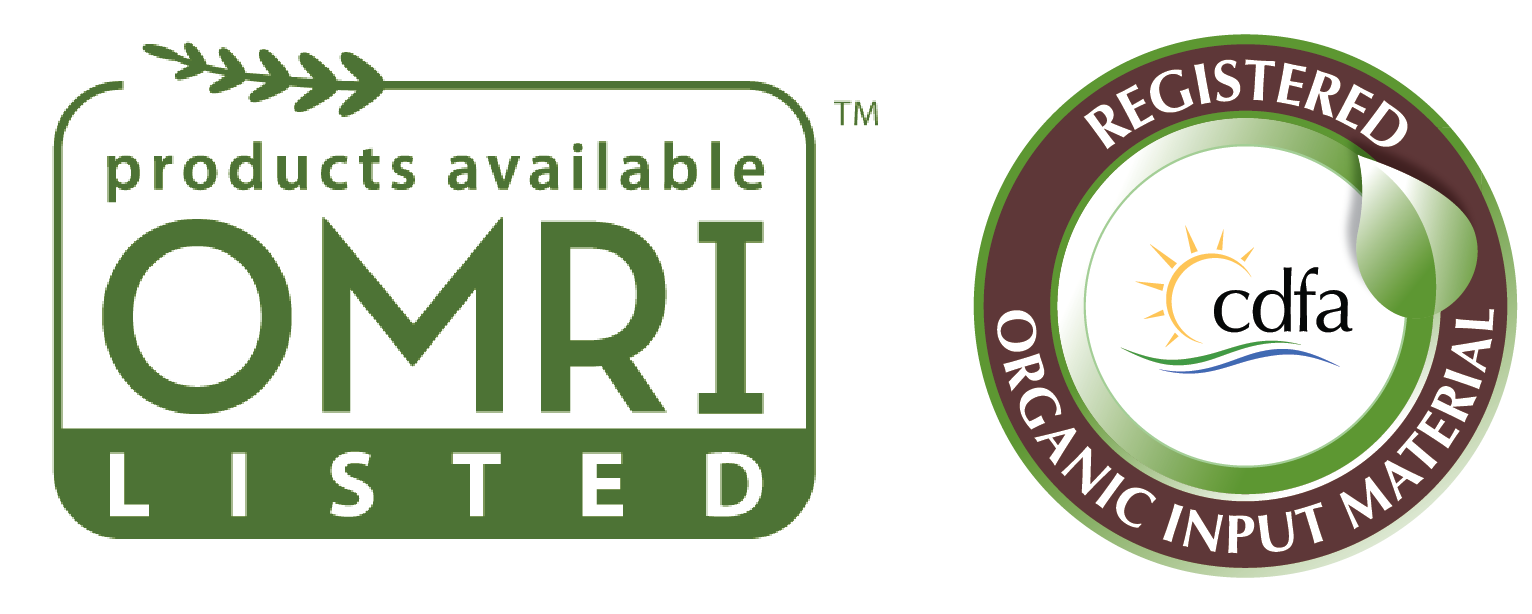Fertigation

Fertigation Techniques
Fertigation Techniques
Fertigation techniques supply dissolved fertilizer and inoculum to crops and turf through an irrigation system. When combined with an efficient irrigation system both nutrients and water can be manipulated and managed to obtain the maximum possible yield.
Most growers will have experienced the dilemma of spreading inoculum the day before heavy rain and then wondering how much of the product is either washed from the crop in run-off or leached below the root zone. Continuous small applications of soluble nutrients overcome these problems, save labor, reduce compaction, and result in the inoculum being placed uniformly and allow for rapid uptake of nutrients by the plant.
The fertilizer requirements will depend on soil analysis. The type of fertilizers you choose will be dictated by price and the results of the analysis of your irrigation water. Chelates and sulfate compounds of various micronutrients are generally used for correcting micronutrient deficiencies. These compounds should be pre-dissolved and metered into your tank as a liquid so the biology has a chance to adapt to this new food source.
Four Basic Fertigation Systems
Continuous Application
Product is applied at a constant rate from irrigation start to finish. The total amount is injected regardless of water discharge rate.
Three-Stage Application
Irrigation starts without product. Injection begins when the ground is wet. Injection cuts out before the irrigation cycle is completed. Remainder of the irrigation cycle allows the product to be flushed out of the system.
Proportional Application
The injection rate is proportional to the water discharge rate. This method has the advantage of being extremely simple and allows for increased fertigation during periods of high water demand when most nutrients are required.
Quantitative Application
Product solution is applied in a calculated amount to each irrigation block. This method is suited to automation and allows the placement of the nutrients to be accurately controlled.
Three Basic Methods of Injection
Suction Injection
Suction of Product through the intake of the pump is a common method of application and is the simplest method. The pumping unit develops a negative pressure in its suction pipe (unless the suction is flooded). This negative pressure can be used to draw product solutions into the pump. A pipe or hose delivers the product solution from an open supply tank to the suction pipe. The rate of delivery is controlled by a valve. This connection must be tight to prevent air entry into the pump.
Another hose or pipe connected to the discharge side of the pump can fill the supply tank with water. A high pressure float valve can be used to regulate this inflow into the tank. If necessary the system can be automated with a direct-acting solenoid valve. For multiple block usage, two or more tanks can be set up in series and operated when required.
Pressure Differential Injection
A pressure differential tank system is based on the principle of a pressure differential being created by a valve, pressure regulation, elbows or pipe friction in the mainline, forcing water through a bypass pipe into a pressure tank and out again, carrying a varying amount of dissolved product.
A pressure differential venturi system can be installed as a bypass or inline. The venturi causes a rapid change in velocity producing a reduced pressure (vacuum) which draws the product solution into the line. Injection rates of 2 liters to 3000 liters per hour can be achieved.
Pump Injection
This is the most common method of injection of products into irrigation systems. Injection energy is provided by electric motors, impeller-driven power units and water-driven hydraulic motors. The pumps are usually rotary, gear, piston or diaphragm-type which deliver solution from the supply tank into the pressurized mainline. This method can be very accurate. Pumps are generally not simple in design and can include a number of moving parts, so wear and breakdown are more likely.
The three systems available are electric injection pumps, piston-activated pumps and diaphragm-activated pumps. Piston-activated and diaphragm- activated pumps are both hydraulic injection pumps; these dominate the fertigation market at present. Electric injection pumps include single or multiple piston, diaphragm, gear and roller pumps. These can be regulated to achieve the desired rate by adjusting the length of the stroke of piston pumps, selecting the appropriate pulley diameter using a variable-speed motor.
Piston-activated pumps in which irrigation water operates a hydraulic motor that pumps the solution into the system. Since the pump’s maximum rate of injection is proportional to the pressure in the mainline, the required injection rate is easily adjusted by throttling the injection line by means of a valve fitted to the water main, and as the injec- tion rate per pulse is known, the exact application of nutrients can be readily calculated. For high injection rates, two or more units can be operated in parallel. Injection rates of up to 320 liters/hour are possible. Diaphragm-activated pumps - water pumped into the lower chamber activates a rubber diaphragm in the drive unit which forces the diaphragm up, and in doing so via a drive rod, forces the product out of the injector into the irrigation system. On the return stroke the spent drive water is discharged from the lower chamber of the drive unit while simultaneously solution is drawn into the injector. The cycle is automatically repeated. Injection rates from 3 liters to 1200 liters per hour are possible. There is an upper limit to the pressure available and they might not oper- ate on high head systems.
Fertigation allows you to change your program during the growing season, adjusting it to suit fruit, flower, shoot and root development. A program should be developed on the basis of leaf and soil analysis and tailored to suit your actual crop requirements.
If products are not completely dissolved and mixed prior to injection into the system, this may result in varying con- centrations applied or blockages within the system.
Suitable anti-siphoning valves or non-return valves should be installed where necessary to prevent back-flow or si- phoning of water, fertilizer solution, chemical solution etc. into fertilizer tanks, irrigation supply, household supply, stock supply and so on.

